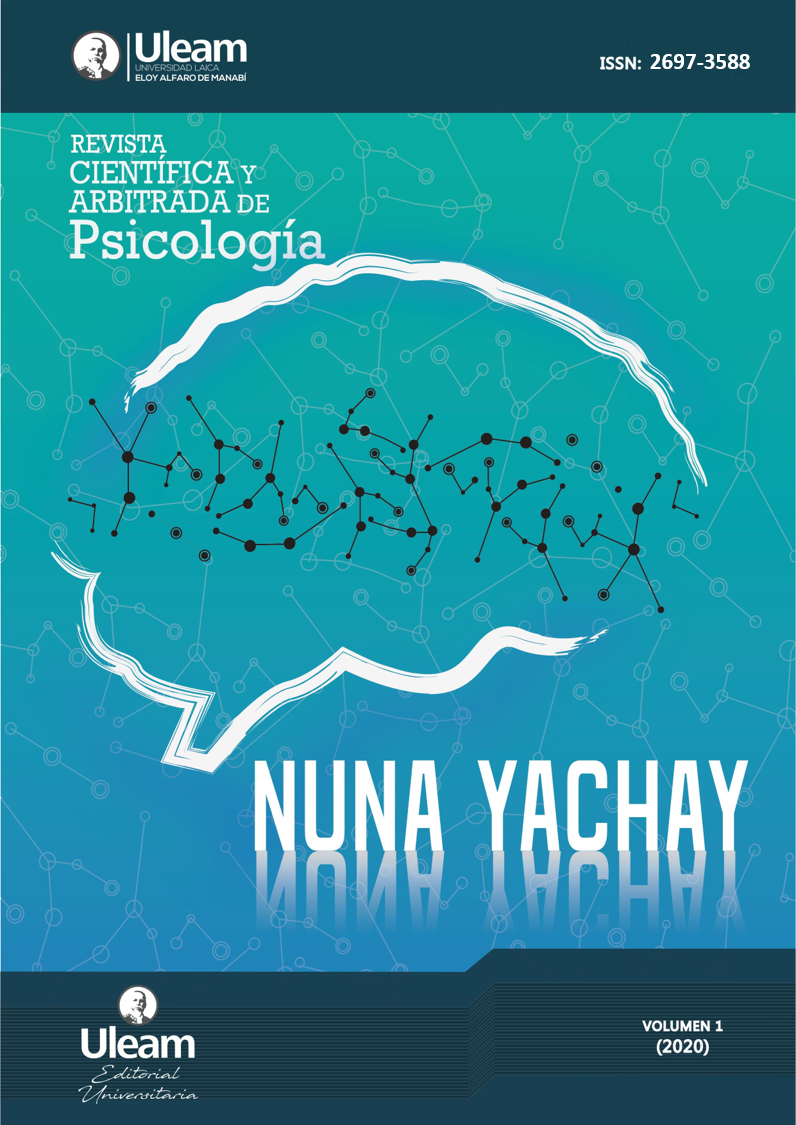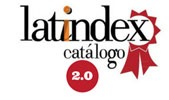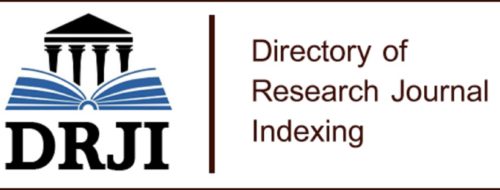PSYCHOSOCIAL CHARACTERISTICS AND SCHOOL BULLYING. CASE STUDY: ADOLESCENTS FROM 4 DE NOVEMBER SCHOOL IN MANTA
DOI:
https://doi.org/10.56124/nuna-yachay.v5i10.0051Keywords:
teenager, bullying, bullying, inequalityAbstract
The forms of communication between children and adolescents have been generating in them a tool of verbal violence called bullying, the same one that has consequences in the following stages of development, because they are in progress and become aggressive, verbal and psychological behaviors. , making them non-vulnerable subjects to the social system. A descriptive and cross-sectional study was carried out, from a quantitative perspective, to characterize the phenomenon. We worked with 104 students from the Educational Unit November 4, between 14 and 15 years of age, who were in the 10th grade; to which the "Peer Aggression Scale" questionnaire was applied, and the "Cisneros" test, which allow evaluating whether there is bullying, its modalities and intensity. It was obtained that the most frequent type of harassment in the sample turned out to be psychological-verbal, with few manifestations of the phenomenon. Prevention actions are planned to develop in the Educational Unit. Through the process of this investigation, it is intended to determine if there is bullying in students, due to the presence of antisocial behavior among them. In order to use a proposal for promotion, prevention, and reinforcement of social skills, with the sole purpose of reducing this type of behavior.
Keywords: teenager, bullying, bullying, inequality.
Downloads
References
Liu, H. H., Tucker, S. L. (2008). Risk factors for pericardial effusion in inoperable esophageal cancer patients treated with definitive chemoradiation therapy. International Journal of Radiation Oncology* Biology* Physics, 70(3), 707-714.
Sampieri, R. H., Collado, C. F., & Lucio, M. d. (2014). MEDOLOGÍA DE LA INVESTIGACIÓN. Mexico: JPR.
Telégrafo. (2018). 1.461 casos de bullying o acoso escolar en 4 años en Ecuador. Recuperado de El Telégrafo: https://www.eltelegrafo.com.ec/noticias/judicial/12/casos-bullying-acoso-escolar-ecuador
UNESCO. (2019). Salen a la luz nuevos datos durante el Foro Mundial sobre el Acoso Escolar. Recuperado de UNESCO: https://es.unesco.org/news/salen-luz-nuevos-datos-durante-foro-mundial-acoso-escolar
Vázquez, M. Á. (2015). Mobbing vs. Bullying: Dos términos, ¿el mismo concepto? Recuperado de Universidad de Santiago de Compostela: https://minerva.usc.es/xmlui/bitstream/handle/10347/18003/PEREIRO%20V%C3%81ZQUEZ%20MIGUEL%20ANGEL%2C%20Mobbing%20vs.%20bullying%2C%20dos%20t%C3%A9rminos%2C%20el%20mismo%20concepto.pdf?sequence=1&isAllowed=y
Villao, C. O., Peralta, P., Mogrovejo, J., & González, N. (2017). EL BULLYING, CONTEXTUALIZADO EN DOS UNIDADES EDUCATIVAS BÁSICAS DEL CANTÓN DE SANTA ELENA - ECUADOR . Revista CPI Ciencias Pedagógicas e Innovación, 80.
Zambrano, C. (2015). 12 casos de acoso escolar en Manta. Recuperado de El Diario: http://www.eldiario.ec/noticias-manabi-ecuador/245017-12-casos- de-acoso-escolar-en-manta/






3.jpg)











